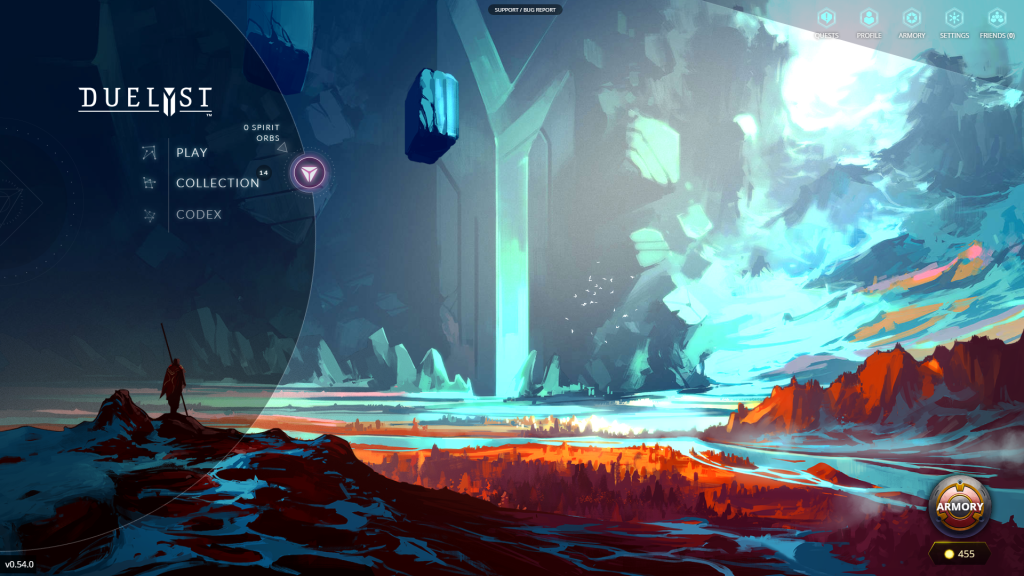
Duelyst is a Kickstarter Project by CounterPlay Games that’s a somewhat unique mix between Collectible Card Games like Hearthstone and Tactics RPGs like Fire Emblem and Final Fantasy Tactics. As a big fan of both of these genres, Duelyst immediately appealed to me. When I heard it had entered open beta, I was excited to give it a try. After a week or two of having a ton of fun, I decided to write a post on it. Because there’s a great deal I’d like to talk about, and I’d rather make two medium posts than one gigantic post, I decided to split my thoughts on Duelyst into two posts. This post will focus on the card game aspects of Duelyst, and a future (probably significantly longer) post will focus on the tactics combat.
Building a Collection
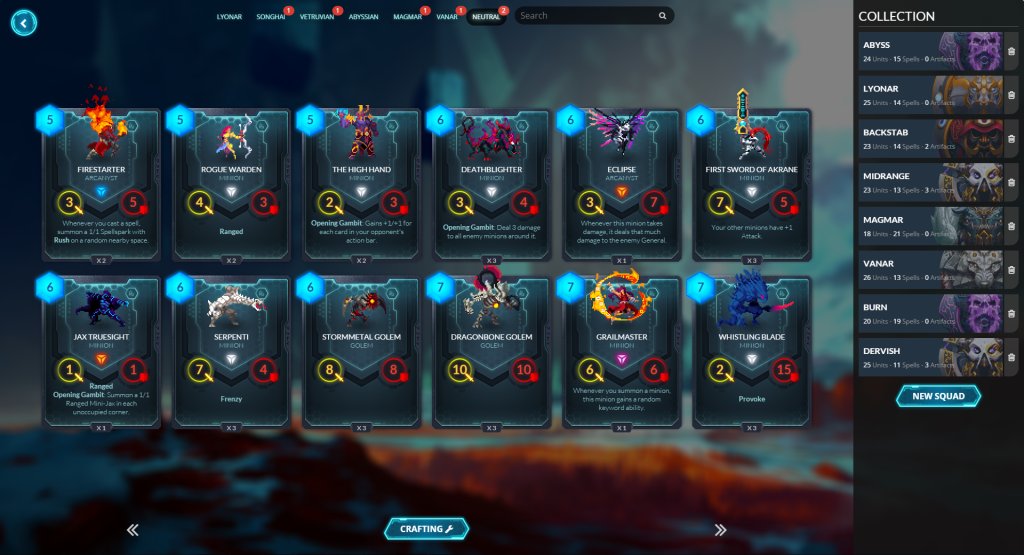
One of the biggest barriers to entry to CCGs is building a collection. When you lose a match and feel as though there was nothing you could do because your opponent just had better cards, it can be incredibly frustrating. Duelyst takes a few steps to alleviate some of these frustrations.
Like Hearthstone, Duelyst has daily quests that reward gold used to buy card packs, but there’s a major difference in that Duelyst’s daily quests never require that you actually win the games you play. This might not seem like a big deal, but imagine the following: A player gets a daily quest to win three games. He’s excited because after he completes this quest, he can buy a new pack to expand his collection. However, because he’s relatively new, he can’t seem to win the games. he heads into match after match and keeps losing. Eventually, he quits with his quest uncompleted. I doubt our hypothetical player will be too excited about launching the game up and giving it another go tomorrow.
Another way Duelyst improves the new player experience is by including a lot of one-time ways to get gold and packs. There’s a training mode that awards gold, and there a are a number of hidden quests that award large sums of gold or packs. For example, getting a class to level eleven awards a pack. These hidden quests are nice little surprises as you complete them every once in a while. Of course, hidden things aren’t really hidden in the age of the internet. The Duelyst community is working on compiling a list of these achievements, which you can check out if you want.
Up to this point, I’ve had nothing but nice things to say, but my opinion on how Duelyst handles rare cards is a bit more mixed. The rarity system in Duelyst is very similar to Hearthstone’s: cards can be basic, common, rare, epic, or legendary. Starting with the positive, epic and legendary cards seem to have a significantly higher drop-rate than in Hearthstone. I don’t have the data to back this observation up, it’s just been my impression from my and my friends’ experience with the game so far. In addition, Duelyst is a bit more generous in its crafting system than Hearthstone, with slightly better ratios for disenchanting and crafting cards. Though the generosity in crafting material might be offset a bit by decks being allowed to contain three copies of cards rather than two. My main issue is that legendary cards in Duelyst are not unique, that is, you can have three copies of a legendary card in your deck. Allowing three copies of the rarest and typically most powerful cards widens the gap between veteran and novice players and makes the most competitive decks very difficult to assemble.
Factions
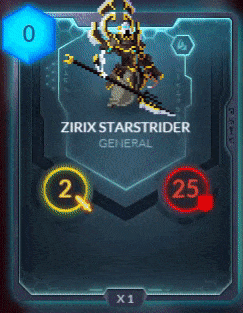
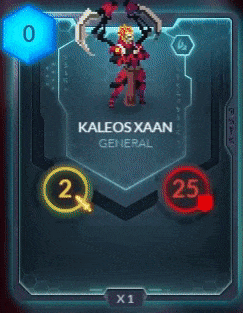


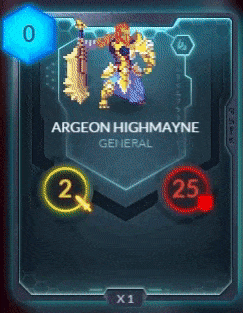
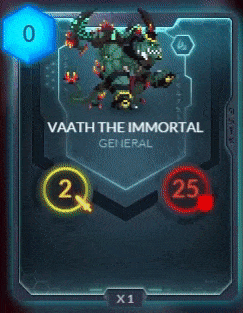
There are six factions in Duelyst. At this point, each faction only has a single general, but CounterPlay plans to add more. Zirix Starstider leads the Vetruvians, Kaleos Xaan leads the Songhai, Faie Bloodwing leads the Vanar, Lilithe Blightcaster leads the Abyssian, Argeon Highmayne leads the Lyonar, and Vaath the Immortal leads the Magmar.
Vetruvian decks either focus on summoning lots of temporary minions or late game control. Songhai decks focus either on very aggressive strategies, or the setting up of brutal plays that can sometimes kill the enemy general in a single turn, even from very high health. The Vanar are kind of oddballs. There seems to be consensus among the community that Vanar is the weakest faction in constructed. Their cards could support tempo strategies but I play against Vanar so infrequently that I can’t really speak too much on what decks Vanar players tend to play. Abyssan decks either go all out aggressive at the enemy general’s face or focus on summoning swarms of small minions, which synergizes with effects that trigger when minions die. Lyonar decks either focus on locking the enemy down through minions with the provoke ability (similar to taunt in Hearthstone) or they focus on healing effects. Finally, Magmar has access to a lot of very big creatures. Magmar decks are either aggressive with their powerful creatures, or very defensive and controlling to win the late game.
Game Modes

Ranked 1v1 – This is the standard game mode that you expect to see. You get matched against someone of nearly equal rank, the winner gains progress towards the next rank, and the loser moves backwards towards the previous rank. Players start at Rank 25 and work their way down. Although CounterPlay is planning to add one in the future, currently, the game suffers from a lack of a causal mode. If you’re trying to climb the ranks, you can only really play your most competitive deck. If you want to try out a fun or weird new brew, your rank is going to suffer.
Sandbox – The sandbox mode is something I haven’t seen in other CCGs and I think it’s a great idea. Sandbox mode allows you to choose two decks and play against yourself. This is fantastic for testing out your decks and learning about the game or specific card interactions within the game.
The Gauntlet – The Gauntlet is Duelyst’s draft format. It functions similarly to Hearthstone’s Arena: you pick one of three classes, then pick a deck by repeatedly choosing one out of three possible card choices. You fight other players with your drafted deck until you either win twelve times or lose three times, then you are given a reward based on how many wins you earned. Currently, it’s only open on Wednesdays and Sundays, but this time restriction is probably just due to Duelyst still being in beta testing.
Training – Training allows you to earn small gold rewards for completing increasingly difficult puzzles that require you to kill your opponent with the given material in a single turn. Training mode is a very clever way of implementing an extended tutorial. The game requires players to play a very short tutorial that teaches them only the most basic aspects of the game. After this, players can jump straight into the action if they want. Alternatively, they can head into training mode to learn the intricacies of the game’s mechanics and card interactions while earning gold to start building their collection in the process. Not to mention that the last few training maps are very difficult and pretty fun to solve.
Conclusion
I’ve compared Duelyst to Hearthstone many times because Hearthstone is the CCG I’m most familiar with. Regarding the CCG aspects of Duelyst, it seems to have learned from what Hearthstone did right and fixed a few of the things Hearthstone did wrong. Building a decent deck is much easier in Duelyst. I was able to reach rank ten with a deck that contained no epic or legendary cards. Basically, a Duelyst is a CCG that works hard to lower the barrier of entry.
I hope you enjoyed my discussion of the CCG aspects of Duelyst. If you’re interested in Duelyst, you can check out their website, forums, or wiki. In my next post, I will discuss the tactics combat and actual gameplay in Duelyst.